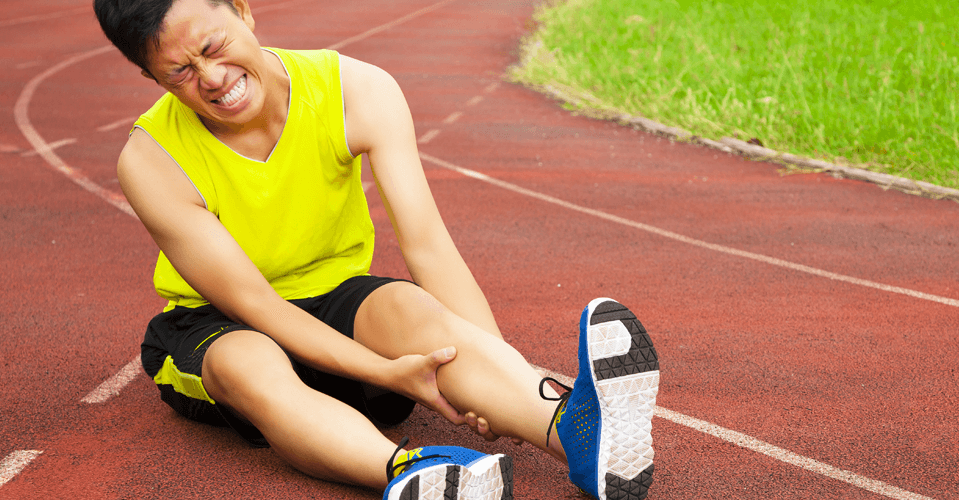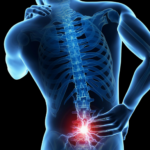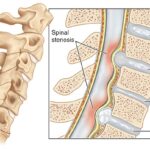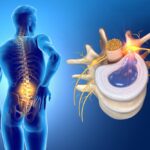It’s common for people to experience muscle strains and ligament sprains, especially those who engage in physical activities or sports. Knowing the difference between the two can help in determining the appropriate treatment and recovery plan.
This article will cover the causes, symptoms, and treatments of muscle strains and ligament sprains, as well as prevention tips and when to seek professional help.
Muscle Strain
A muscle strain occurs when the muscle fibers are overstretched or torn. This can happen in any muscle but is more common in muscles that cross two joints, such as the hamstrings and the quadriceps.
Causes of Muscle Strain
Some common causes of muscle strains include:
- Poor flexibility
- Insufficient warm-up
- Overexertion or excessive force
- Fatigue
Symptoms of Muscle Strain
Muscle strain symptoms may include:
- Pain or tenderness in the affected muscle
- Swelling or bruising
- Reduced strength or range of motion
- Muscle spasms or cramping
Treatment for Muscle Strain
The treatment for muscle strains often follows the RICE protocol:
- Rest: Give the affected muscle time to heal.
- Ice: Apply ice to the area for 15-20 minutes every few hours.
- Compression: Wrap the area with an elastic bandage to minimize swelling.
- Elevation: Elevate the affected area above heart level when possible.
Ligament Sprain
A ligament sprain occurs when the ligament, the fibrous tissue that connects bones to one another, is overstretched or torn. Sprains are classified into three grades: Grade I (mild), Grade II (moderate), and Grade III (severe).
Causes of Ligament Sprain
Common causes of ligament sprains include:
- Sudden impact or collision
- Twisting or overextending a joint
- Falling or landing awkwardly
Symptoms of Ligament Sprain
Ligament sprain symptoms may include:
- Pain, especially when moving the affected joint
- Swelling or bruising
- Reduced range of motion or instability
- A popping or tearing sensation at the time of injury
Treatment for Ligament Sprain
The RICE protocol is also applicable to ligament sprains, with additional treatments such as:
- Pain relievers or anti-inflammatory medications
- Bracing or immobilization for severe sprains
- Physical therapy or rehabilitation exercises
Preventing Strains and Sprains
To prevent muscle strains and ligament sprains, follow these tips:
Proper Warm-Up and Cool-Down
Warming up before physical activity increases blood flow and improves flexibility, reducing the risk of injury. Spend at least 5-10 minutes on dynamic stretching and light cardio exercises. After your workout, perform static stretches and gradually decrease your activity level to help your body cool down.
Strength Training and Flexibility
Incorporate strength training and flexibility exercises into your routine to build stronger, more resilient muscles and ligaments. Stronger muscles can better support your joints and reduce the risk of strains and sprains.
Proper Footwear and Equipment
Wear appropriate shoes for your activity, and replace them when they become worn or damaged. Proper footwear can provide stability and support, helping prevent injuries. Additionally, use the right equipment for your sport or activity to minimize the risk of injury.
Know Your Limits and Listen to Your Body
Understand your body’s limitations and avoid overexertion. Increase the intensity, duration, and frequency of your activities gradually. Pay attention to any signs of fatigue or discomfort, and give your body adequate time to recover between workouts.
When to See a Doctor
Seek medical attention if:
- The pain is severe or worsens over time
- The affected area cannot bear weight or has a noticeable deformity
- There is no improvement after following the RICE protocol for 24-48 hours
- You experience numbness, tingling, or loss of function in the affected area
Conclusion
Muscle strains and ligament sprains are common injuries that can be managed through proper treatment and prevention strategies. By understanding the causes, symptoms, and treatments of these injuries, you can take the necessary steps to stay active and healthy while reducing the risk of future injuries.
FAQs
What is the difference between a muscle strain and a ligament sprain?
A muscle strain involves damage to the muscle fibers, while a ligament sprain involves damage to the ligaments that connect bones.
Can I still exercise with a strain or sprain?
It depends on the severity of the injury. Consult your doctor or a physical therapist for guidance on appropriate exercises during your recovery.
How long does it take to recover from a strain or sprain?
Recovery time varies depending on the severity of the injury and individual factors. Mild strains or sprains may take a few days to a week, while more severe injuries may take several weeks or months.
Are there any long-term effects of strains or sprains?
With proper treatment and rehabilitation, most people fully recover from strains and sprains. However, severe or repeated injuries may lead to chronic pain or instability.
Can I prevent strains and sprains?
While you can’t eliminate the risk entirely, following proper warm-up and cool-down procedures, strengthening and stretching exercises, using appropriate footwear and equipment, and listening to your body can help reduce the risk of injury.







